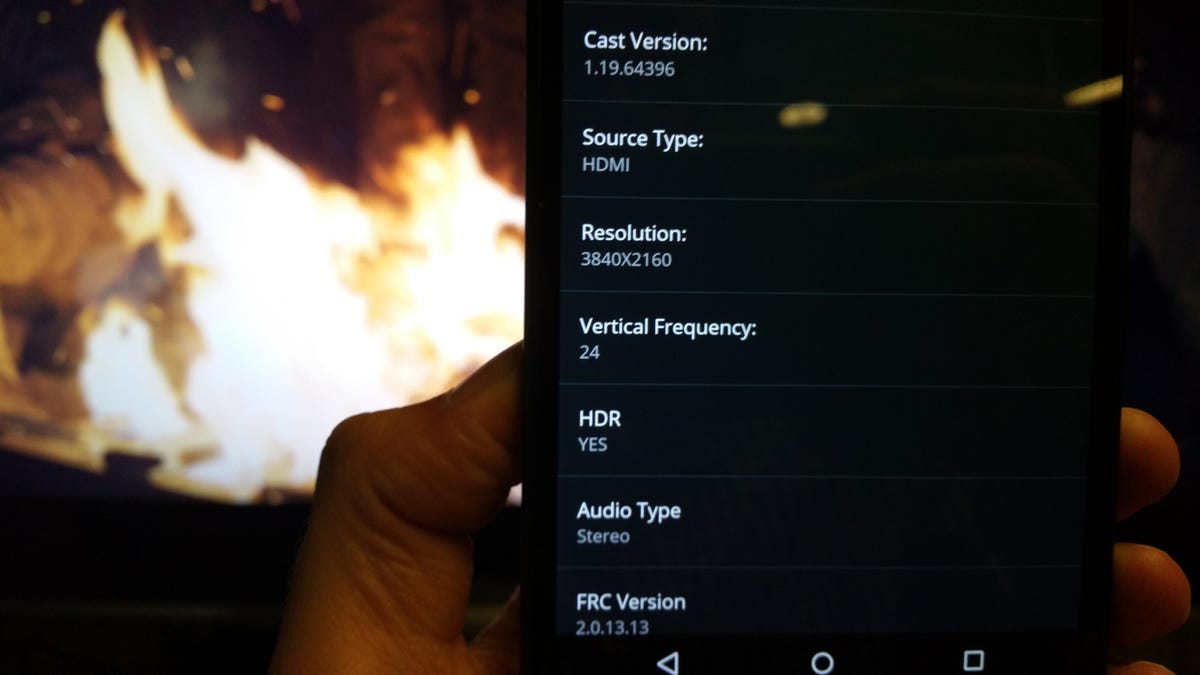Vizio upgrades TVs to work with both HDR formats (hands-on)
In addition to support for Dolby Vision high dynamic range, the TV maker's 2016 M- and P-series TVs now support HDR10 devices, including 4K Blu-ray players. We give the update a spin.

Vizio produces some of CNET's highest-rated TVs, and high dynamic range video is our favorite image quality improvement since high-def itself. Now Vizio's 2016 HDR sets can access the full slate of HDR TV shows and movies.
A software update rolling out now to 2016 Vizio M-series and P-series TVs fulfills the company's promise, made when the sets launched earlier this year, to allow them to work with devices, like 4K Blu-ray players, that support the HDR10 format.
HDR10 is one of two high dynamic range formats available today for TV shows and movies. Dolby Vision is the other. In 2016, only LG and now Vizio TVs support both formats. Samsung and Sony TVs, among other makers, only support HDR10, not Dolby Vision. We can't say yet which HDR format is "better," but in my book, support for two formats is better than for one.
In my testing, HDR sources deliver brighter highlights, improved details in some areas and more vivid colors overall compared to standard dynamic range sources. The improvement varies widely depending on the TV show or movie, as well as the TV itself, but in most cases HDR is a more worthwhile improvement than mere 4K resolution or other image enhancements.
Vizio's 2016 M- and P-series TVs can now work with 4K Blu-ray players.
I tested a Vizio P65-C1 with the latest update (version 2.0.13.13), and it worked well with the most popular HDR10 device, Samsung's UBD-K8500 4K Blu-ray player. Unlike Samsung and LG TVs, Vizio's lacks a pop-up indicator to confirm HDR video is playing, but the menu in Vizio's SmartCast app confirmed HDR was active, and the discs I watched had that characteristic HDR pop. I tested Input 1 and it worked fine, but Input 5 did not (that's because Input 5 is HDMI version 1.4, not HDMI 2.0 like the others). Vizio says the TVs also work with the Philips BDP7501 4K Blu-ray player, but I didn't test it.
I was originally unable to get the Xbox One S to properly send an HDR signal, but once I engaged the "HDMI Color Subsampling" function it worked fine. Vizio recommends doing so with all HDR devices. It's under Inputs on the main settings panel of the SmartCast app.
I'll be updating CNET's P series review with further HDR10 testing soon.
Since Vizio TVs still lack the option to easily force a software upgrade manually, users can either wait for the update to arrive, force it by going through the TV's initial setup again, or updating via a USB drive. Vizio's support site has more information.
Updated August 11 with successful test of Xbox One S.

